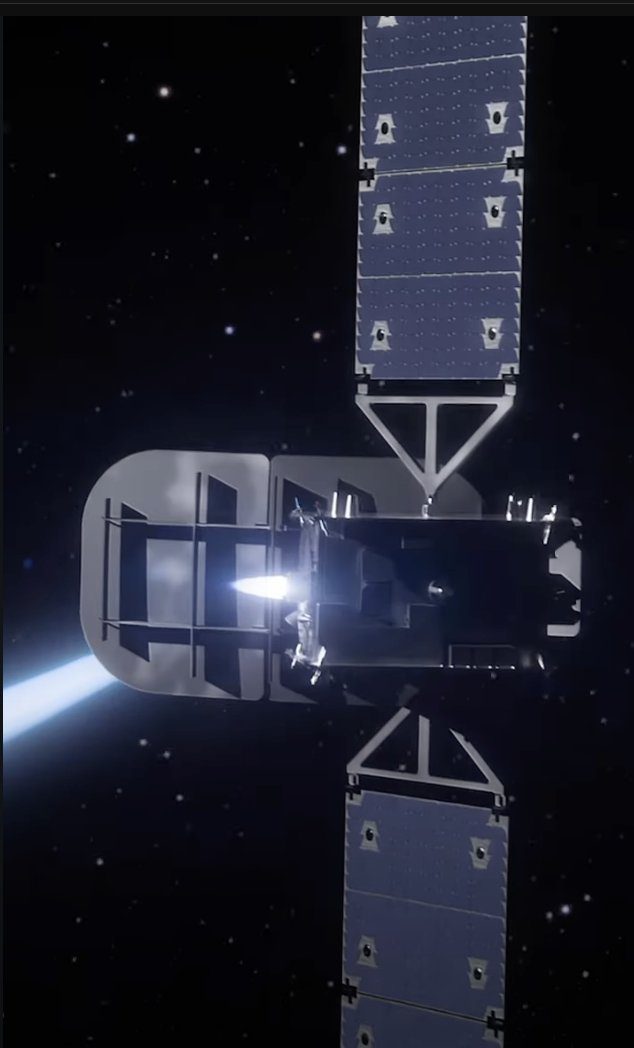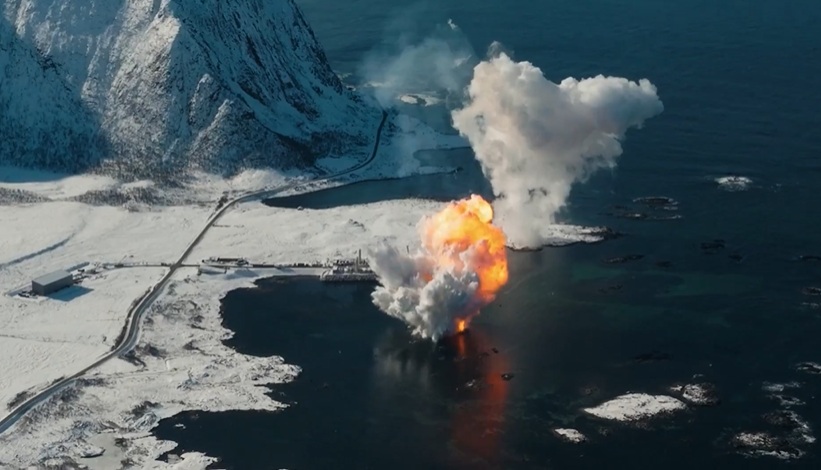The introduction of “full screen” cockpits is evident both in fighter jets and on human carrying spacecraft. For example, the latest F-35 stealth jet fighter in its various vanilla F-35A, hooked carrier F-35C and vertical landing F-35B guises has no HUD (Head Up Display). It relies on a helmet mounted one instead.
Surprisingly there is now a full flat screen display that uses touch-screen technology, and pilots love it, except for the touch-screen part. Their complaint is that there is too little feedback using touch-screen switches and that they make selection errors using it, especially during high-g manoeuvres. What they really want are physical controls and switches to give them positive tactile feedback, as in the old 1960s jets. Those workhorses did not have the benefit of HUD or helmet mounted displays or even computer screens, severely limiting a pilot’s situational awareness, but they did have good old switches and buttons that worked.
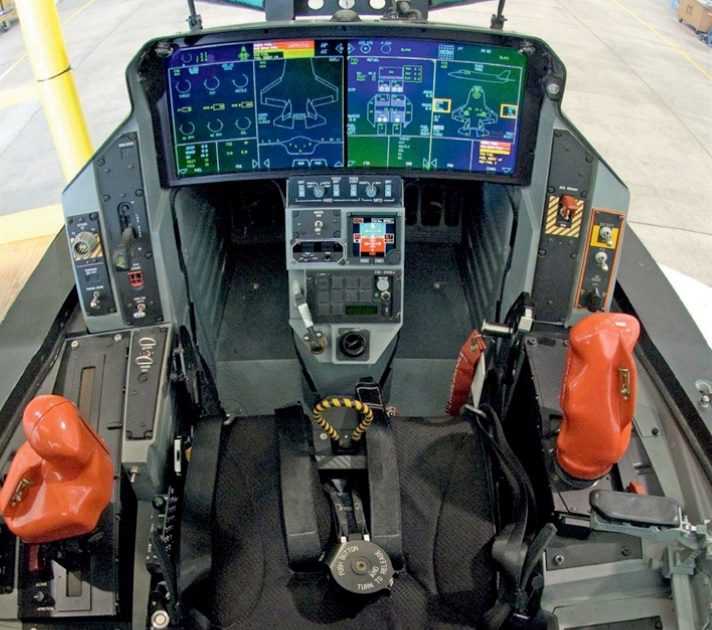
The F-35 cockpit is almost switchless. Courtesy: Lockheed Martin via Hushkit.com
That said, using a single touch-screen system to control everything cuts down on the wiring, which reduces both weight and the chance of a deadly short circuit – the trigger for the fatal Apollo 1 test fire in 1967. However, if the screens go down you lose everything. At least the ejection handle is still manual on a jet fighter.
So how does this technological change affect spaceflight? Well, SpaceX’s Crew Dragon uses full touch-screens for its astronauts to control the spacecraft. And you can bet that its Starship derived Human Landing System (HLS) – to be used on the Artemis 3 astronaut lunar landing mission – will use the same technology.
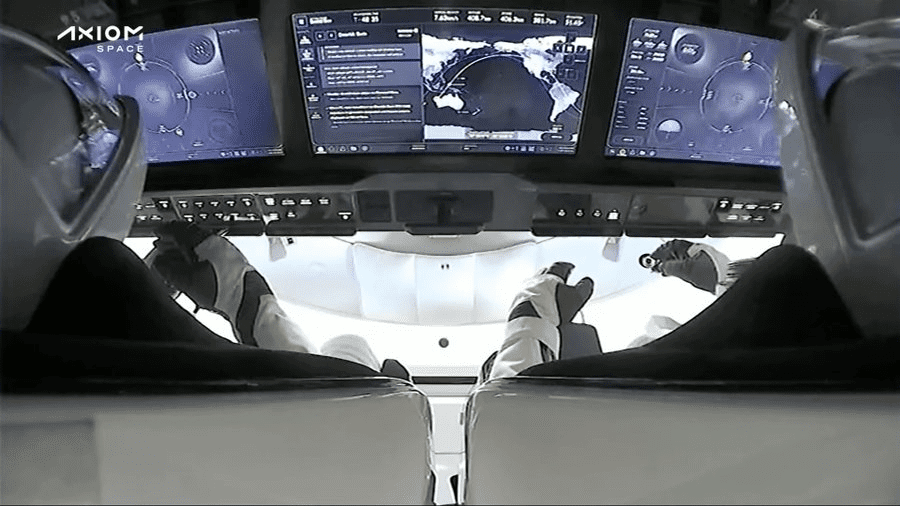
The Crew Dragon – Axiom 2 astronauts check their flight track before re-entry. There are very few switches and buttons. Courtesy: Axiom Space
However, there is one other advantage to the old technology: relatively easy reparability. The NASA Apollo lunar lander had push-in circuit breaker switches. When one fell off during Apollo 11’s lunar stay in 1969 – the one arming the lunar ascent engine, threatening to maroon Neil Armstrong and Buzz Aldrin on the Moon (gulp!) – Aldrin came up with the ingenious fix of simply pushing his pen into the hole to trigger it during the ascent. Try doing that if your touch-screen has gone down.
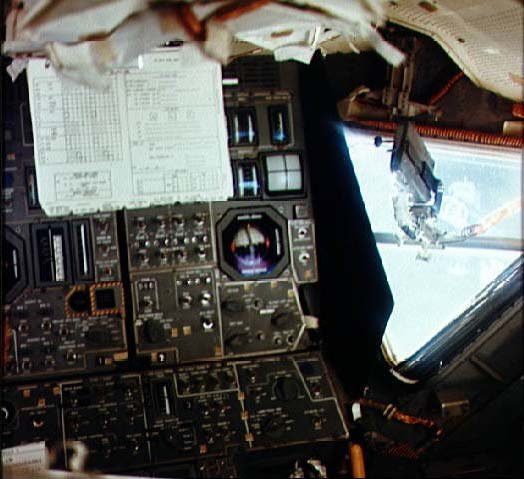
Buzz Aldrin’s side of the Apollo 11 Lunar Module cockpit. Note the many switches. Courtesy: NASA
Post Script: For ’60s and ’70s kids, getting to fly an F-4 Phantom (in a real motion simulator) is a thrill. This writer managed to do it at Aerospace Experience in Peterborough, UK, during a trip that was made even better when he discovered that what he was sitting in was created from a real ex-US Navy cockpit. The cockpit instruments are genuine US Phantom types, although it looks like the control grip has been replaced by one from a Tornado.F3. The front-only visual display is pretty basic – about the equivalent of a Microsoft Flight Sim early edition – but was state of the art in the mid 1980s when the RAF had these simulators built for newly acquired ex-US Navy supersonic F-4J (UK) Phantoms.
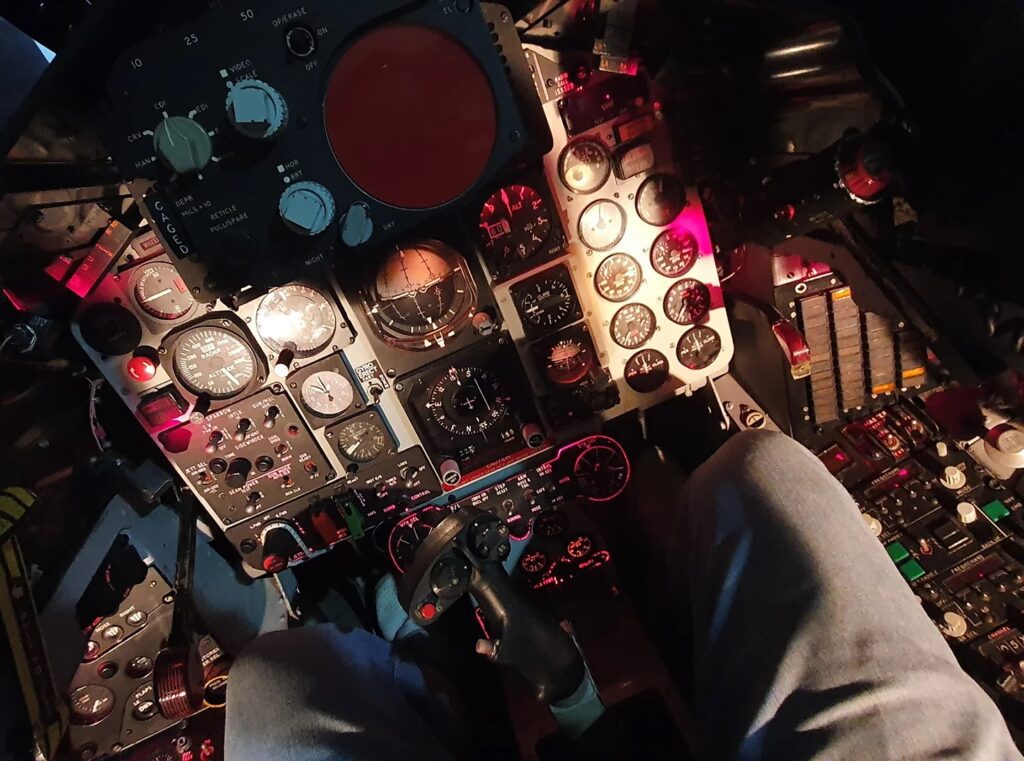
The many “clockwork” dials in the F-4J Phantom simulator can confuse but at least the switches – mainly down the sides of the cockpit – give positive feedback to the pilot. Courtesy: Aerospace Experience
Not all old technology is bad. Apart from that era’s better physical switches, the analogue “clockwork” cockpits are at least more interesting to look at than modern ones – especially when not in a fired-up condition. However, you can tell why 1960s and 1970s pilots complained about the workload and about having to look down all the time in that pre-HUD/helmet mounted display era. Older cockpits can be complicated. Aerospace Experience even send customers a diagram of an F-4J Phantom cockpit before they arrive to give them a head start on where the main controls and instruments are eg throttles, flaps, speed brakes, altimeter, compass, airspeed indicator etc. By the way, except for low speeds, the airspeed element of the combined Mach/airspeed indicator is particularly small.
The visit to this F-4 Phantom simulator was pricey but worth it. If you are good enough at flying the runway circuits, they let you try to land on a carrier (just as your correspondent’s late ex-Royal Navy Buccaneer pilot boss Andrew Gleadow and ex-US Navy aviator Neil Armstrong used to do – brave men both). Of course, your correspondent hit the bridge superstructure on his first carrier landing attempt but managed to trap the wire with his arrestor hook to land safely on his second try. Maverick (Tom Cruise), eat your heart out!


